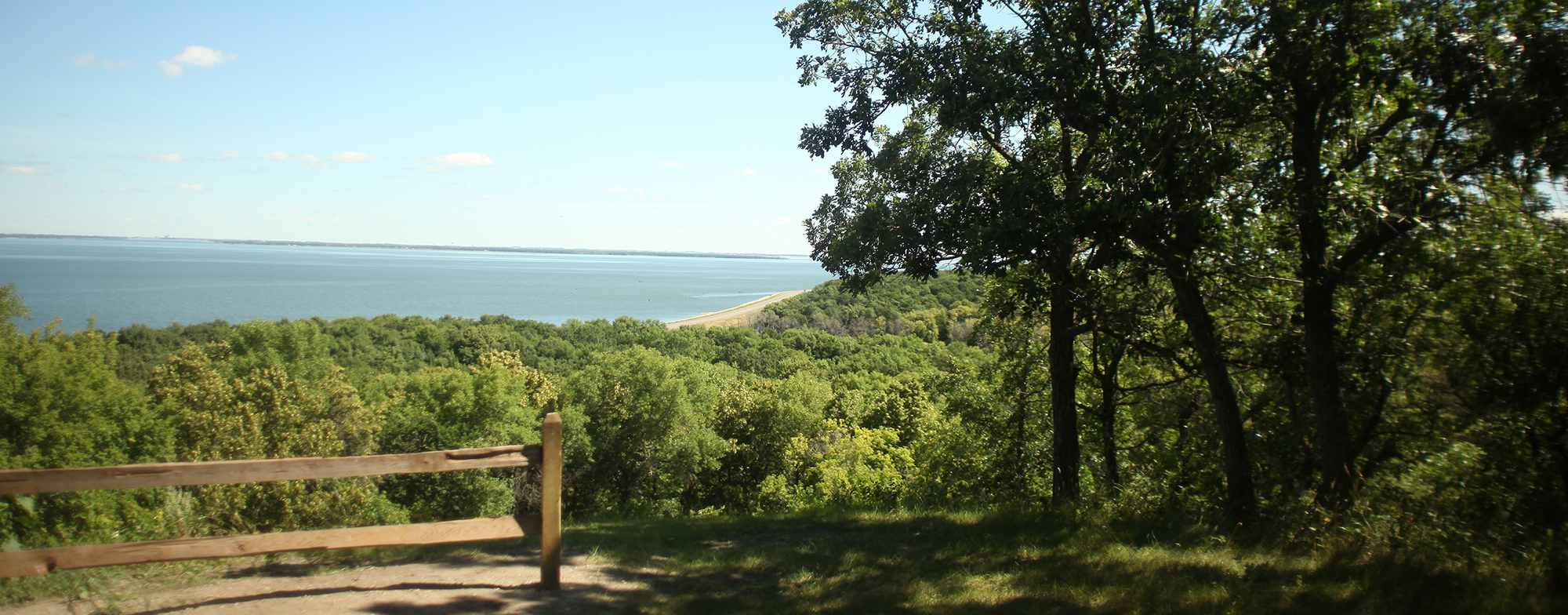Fishing Devils Lake: A four-season Playground
Tactics change throughout the year on Devils Lake
As a professional angler and guide, Johnnie Candle of Devils Lake has fished some of the best fisheries in the nation. But when he stares out at the vast expanse that is his home lake, he sees a body of water that rivals any lake, anywhere.
“Talking to any professional I fish against in the country, and Devils Lake is one of their top five or top 10 fisheries,” Candle said.
Candle fishes the four tournaments of the National Walleye Tour each year but he always comes back to the lake where 100-fish days (catch and release) are a regular occurrence.
Candle says the never-ending fishing season is a lure other states can’t offer.
“North Dakota is unique compared to other places in Upper Midwest because the season never closes. We can literally fish year-round,” Candle says. “Other than a couple weeks on each end of ice fishing season, we can literally get out there and get after them year-round. And they cooperate year-round. We have enough species of fish here to keep you excited.”
Devils Lake has been a lake in transition for years. A long wet cycle drove the lake with no natural outlet to record highs. It has since stabilized.

“Devils Lake was always a decent fishery. But as the water rose, the water quality got better and as the water got better, the fish got healthier,” Candle says. “All the structures and habitat got flooded and new life forms in the water and better living conditions and the fish population exploded and made it one of the best fisheries in North America.”
Many things make it such. Species and size vary, and even though the lake has begun dropping, it’s still large enough to make fishing an experience on every end.
What are they fishing for?
“Walleye and perch are what everybody seems to be after,” Candle adds. “But the northern pike, crappie and white bass give you something to fish for year-round.”
Candle says he can’t count the number of days he took anglers out and caught a hundred fish in a day. “I don’t want to guess how many hundred-fish days I had last summer,” Candle says. “With catch and release you can sort though as many as you can touch. It’s absolutely incredible. A client was keeping track and he counted 63 casts in a row that he hooked a pike. It’s an absurd number. To me five or six in a row is phenomenal.”
Candle says catch-and-release is gaining in popularity. “You can catch-and-release any time you want. Quite a few people are getting more conservation minded and that’s good.”
For those who eat what they catch, the options are numerous. “Our yellow perch, we’re world-famous for that through the ice. And white bass are overlooked. They’re ravenous, they feed well and they bite on just about anything,” Candle says.
Pike, meanwhile, are best sought from late April through June.
Starting with ice-out in the spring (sometime around mid-April), northern pike are the first fish to get active. They spawn first, usually moving in shallow as soon as the ice is gone. “They’re usually hungry and we fish shallow water,” Candle says. “Walleye fishing is decent but they don’t move to shallower water until it warms up a little bit. You’re still going to run into perch and white bass because they, too, don’t come shallow until the water warms up.”
Perch and white bass stay deep until the water warms up.
Mid-May to the end of June is everybody’s favorite time to fish Devils Lake because now the water temperature is such that all the fish are in the same water. “They’re all in warmer, shallower water and they eat the same food. You literally don’t know what you’re going to catch,” Candle says. “You catch a walleye on one, cast a white bass on another and three pike in a row … All the fish are mixed together and that makes fort exciting days.”
The species begin separating in the fall.
White bass are mostly overlooked in Devils Lake even though “they bite even if nothing else will,” Candle said, noting that people fly in from Iowa, Kansas and Nebraska. "The bass are really popular in those states because they don’t have populations of walleye or perch. They fight really hard and grow very large in Devils Lake. When you find one you usually find a lot. It depends on how long you want to sit in one place and catch them. Most people think it’s fun until they catch 30 or 40 and their arms start hurting.”







